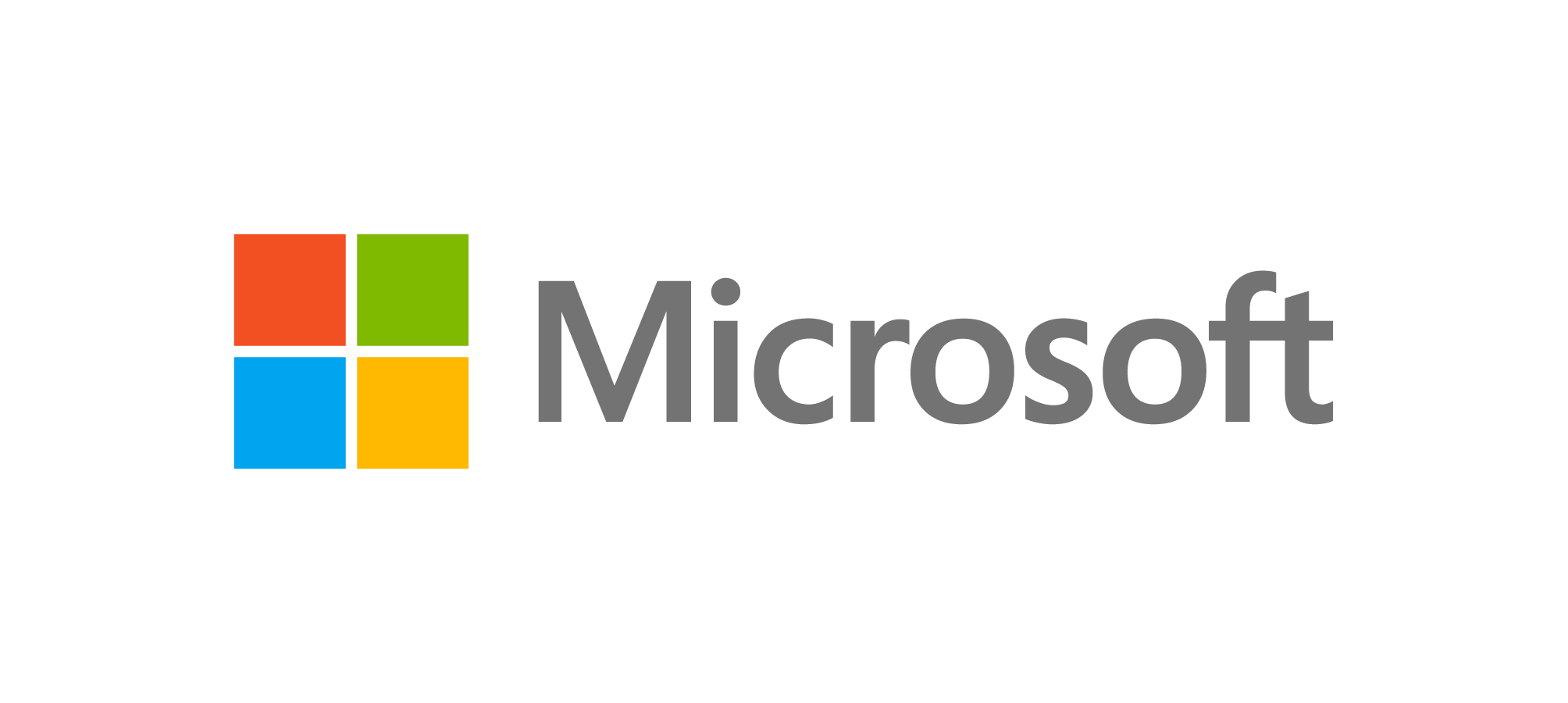Human Computer Interaction
4.6. Accessibility
The accessibility of software needs to take into account the diverse range of people who might be using it. It includes taking account of imperfections and disabilities; common examples would be eyesight issues (e.g., small fonts are hard to read for many users), colour blindness (for example, about 8% of the male population have trouble distinguishing red and green), and timeouts that require fast responses from the user. But other considerations for accessibility include the quality of the hardware and internet connection a user might have; for example, educational software might be used by students at home on an old laptop connected through a slow or unreliable internet connection, so it is inadvisable to test the software only on a new computer using a fast internet connection. Accessibility can also include considering the different languages and cultures of the users: is the interface limited to one language, or does it use terminology that might mean something different in another culture? For example, in Western countries red is often used to denote danger, whereas in other countries it can denote good luck.
There are specific guidelines for accessibility (such as the Web Content Accessibility Guidelines for web sites, which includes things like having “alt” descriptions of images, and avoiding flashing images that might cause seizures for some people), but organisations can also do better at designing accessible software if they have a diverse team of developers who are able to consider what they are building from a range of perspectives.



